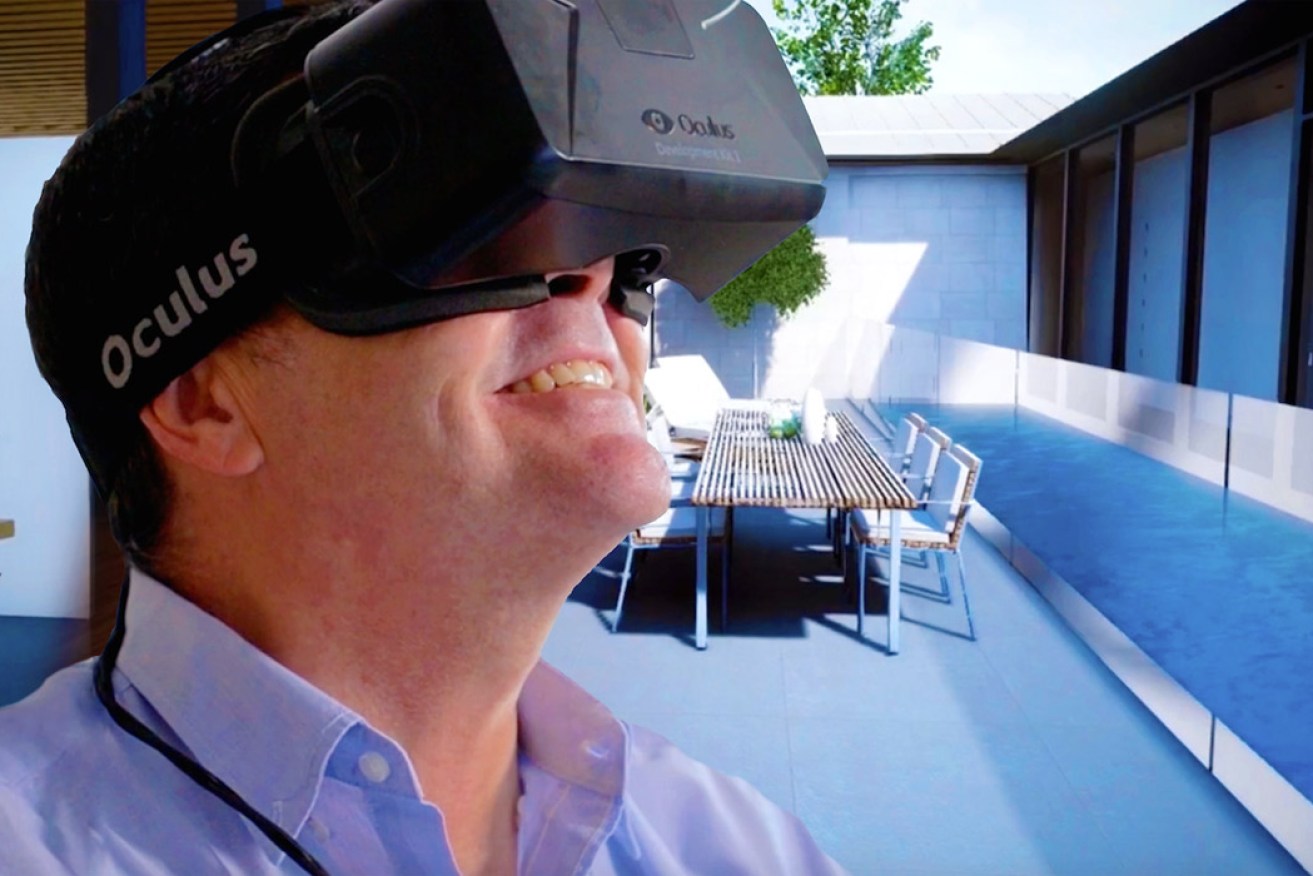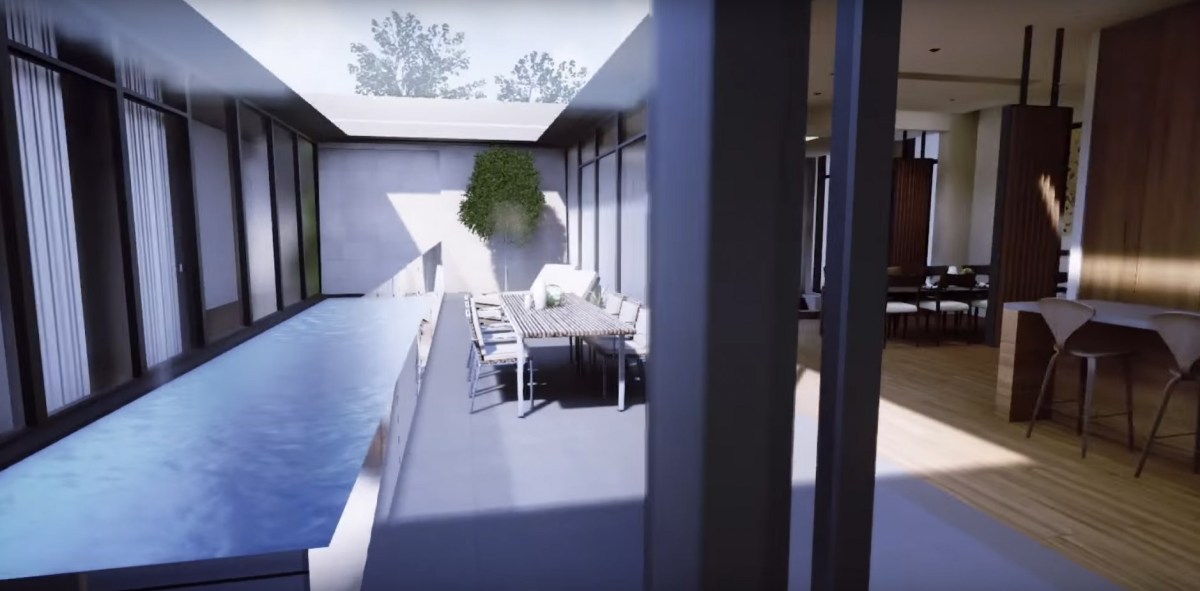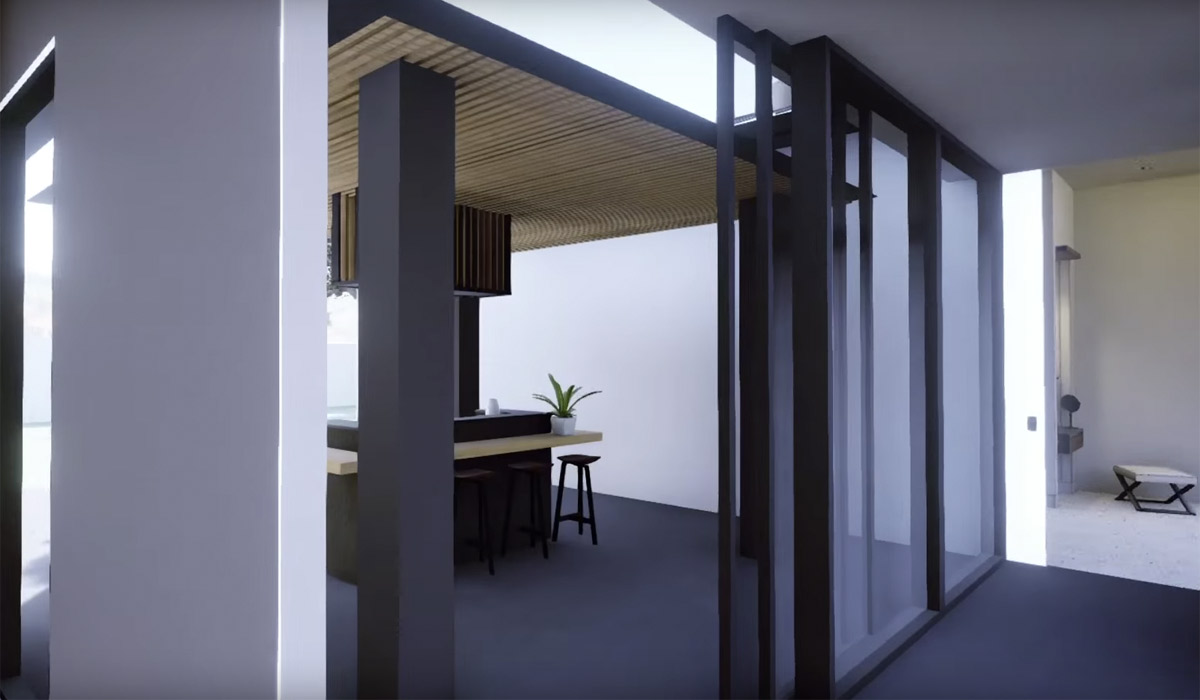SA virtual reality tech could spell end for display homes
New virtual reality software designed in Adelaide could be the death knell for display homes, the construction of which costs the development industry millions of dollars each year.


The software, which works with the Oculus Rift headset, allows prospective home buyers to take a virtual tour of a new home and consider different designs and fittings in 3D real time.
“It is the end of the display home as far as I’m concerned,” director of builder and architectural firm Chasecrown, Louis Kanellos, told InDaily.
“This constant desire and need to build the display homes … was frustrating me from a logistical and cost perspective.
“To create a physical display home we need to plan them 18 months in advance.
“So the design ideas, the materials, the technology we’re building into these homes is 18 months old before we’ve delivered the thing to the market.
Using the technology, said Kanellos, “we’re able to showcase of-the-minute design ideas, and … we can build 20 virtual display homes at a fraction of the cost of the [physical] display homes”.
“It’s going to increase choice dramatically [and] it’s going to reduce the cost imposed on builders in their display strategy.
“That’s going to reduce my costs as an operator and I can pass those [cost reductions] onto the client.
“We’re talking multiple millions of dollars tied up in homes and infrastructure.
“I was looking for an avenue to be able to show Chasecrown’s wares without physically having to build a display home.
“Display homes are a pain in the ass.
“I’ve got to find the land, fund it, hold the land while people are walking through it and then I’ve got to onsell these homes three years down the track.”
The virtual technology instead allows prospective client to view “of the minute” designs.
When an appliance manufacturer releases a new model to the market, said Kanellos, “we can go back to the models and put the new appliances in in a couple of weeks … in the new virtual models”.
“It takes about eight weeks to build a [complete virtual] model. So we can be testing new design ideas very quickly – something you cannot do in the old way of presenting housing ideas,” he said.
“This technology allows us to communicate architectural ideas to clients in a real-time, 3D environment.
“We can also have multiple finishes.
“We can have different veneers, tiles, floor finishes in those designs, and we can flick through them as the client is wearing the headset.
“You just couldn’t do that in the physical environment.
“Once you put [the headset] on if you look up you’ll be looking at the ceiling of the virtual house, and if you look down you’ll be looking at the floor.”
Kanellos said Chasecrown had constructed a virtual studio in North Adelaide where “clients will come in, they’ll pick a home that they like and they will put the head set on and walk through it”.
“It has applications across the building industry.”
For example, he said, the technology could be used in “urban and landscaping applications where you can create urban environments and walk people through in a real-time 3D environment”.
“It becomes a very powerful tool to use when explaining idea to people who aren’t in the know about architecture.”
“The applications are endless, really.”
https://www.youtube.com/watch?v=IJPqrGUZpdw&feature=youtu.be
Kanellos said the program did not yet satisfactorily integrate outdoor features, because they are more complicated to display graphically.
“Lighting and movement of trees etc was very difficult, but we’re now looking as stage two of this process, at adapting the software for external environments as well as internal environment,” he said.
“With time this technology will get better and better, but this is the first cut.
“The quality was obviously important, because if you’re going to take clients for a virtual experience, particularly if you’re going to sell them housing, the quality of the experience has to be very good.”
He said similar technology was being used by real estate agents to allow clients to virtually tour houses that were already built.
“Real estate agents … are selling established real estate,” he said.
“We’re designing virtual homes. These homes aren’t built.”
Kanellos said Chasecrown was looking at options to begin selling the technology to other builders across the country.
The technology was developed jointly by Chasecrown and designer Chris Traianos.






